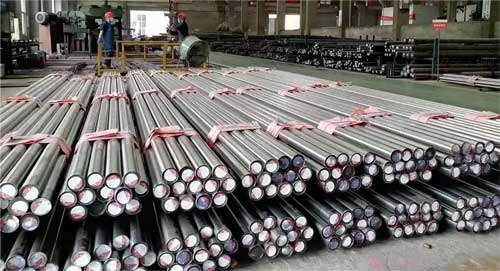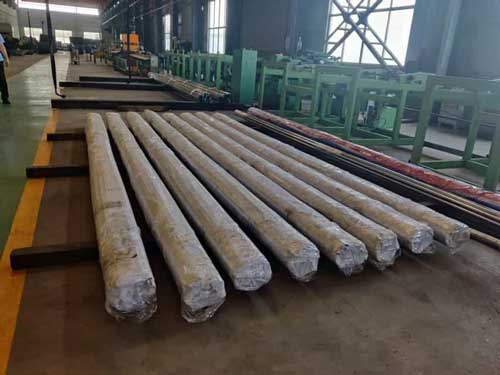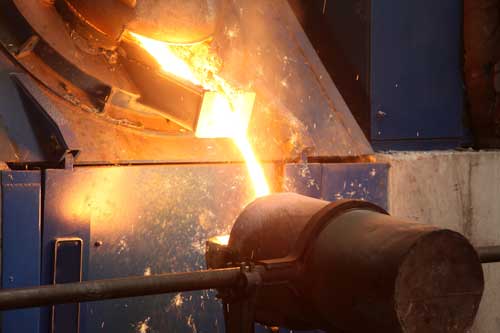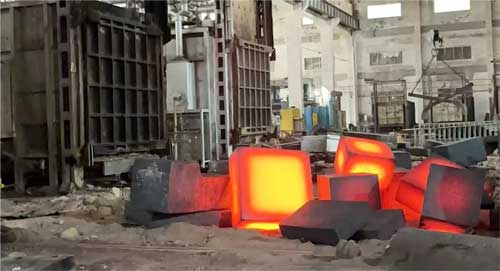Welcome to My Blog!
Before we dive into the content, I’d love for you to join me on my social media platforms where I share more insights, engage with the community, and post updates. Here’s how you can connect with me:
Facebook:https://www.facebook.com/profile.php?id=100090797846538
Now, let’s get started on our journey together. I hope you find the content here insightful, engaging, and valuable.
Table of Contents
Introduction

Steel plates come in various sizes and thicknesses, with typical steel plate sizes often determined by industry standards, the specific application, and the type of steel used. Choosing the right size is crucial because it impacts structural integrity, ease of fabrication, and cost.
Before making a decision, it’s important to understand the different types of steel plates available, their specific applications, and how size and thickness affect the performance of the material. This article will guide you through five key factors to consider when selecting typical steel plate sizes, and help you better navigate the complexities of steel plate selection.
Understanding the Application and Load Requirements
One of the first things to consider when choosing typical steel plate sizes is the application for which the steel plate will be used. Steel plates are employed in a wide variety of industries, including construction, automotive, energy, and manufacturing.
Different applications have unique load-bearing requirements, which directly influence the size and thickness of the steel plate. For example, a steel plate used in the construction of a bridge or heavy-duty machinery may require a thicker plate to support the heavy loads it will bear. Conversely, applications such as automotive parts or small structural elements may use thinner plates to save weight and material costs.
Common Dimensions of Typical Steel Plate Sizes

The most common typical steel plate sizes vary based on regional standards and the specific requirements of the job. The standard dimensions for steel plates are typically measured in inches or millimeters, with thicknesses ranging from very thin plates (such as 1/16 inch) to thick plates (up to several inches). The most common sizes include:
- 4′ x 8′
- 5′ x 10′
- 6′ x 12′
- Custom sizes, which may depend on supplier availability and order quantity
Below is a table summarizing the typical steel plate sizes and their corresponding uses:
| Plate Size | Thickness Range | Common Uses | Performance Characteristics |
|---|---|---|---|
| 4′ x 8′ | 0.125″ to 0.5″ | General fabrication, automotive, light machinery | Good for light to medium loads, versatile |
| 5′ x 10′ | 0.25″ to 1″ | Heavy machinery, structural components | Provides high strength for large structures |
| 6′ x 12′ | 0.5″ to 2″ | Construction, energy sectors, ships | High durability, suitable for heavy-duty applications |
| Custom Sizes | Varies | Specialized applications, tailored requirements | Flexibility for specific needs, tailored strength and performance |
Understanding the dimensions and performance characteristics of typical steel plate sizes is essential in selecting the right material for your project.
Material Strength and Performance
The strength and performance of steel plates are largely influenced by their material composition and thickness. The steel’s alloy content, such as carbon, manganese, or chromium, will determine its hardness, tensile strength, and resistance to corrosion.
When selecting typical steel plate sizes, it’s crucial to match the steel’s material properties to the specific demands of your application. For instance, a steel plate used in a corrosive environment may require stainless steel or another corrosion-resistant alloy, while a plate subjected to high stresses may need to be made of high-strength steel.
Steel grades such as ASTM A36, A572, and A514 are commonly used in various applications, each offering different strength properties. The thickness of the steel plate also plays a role in its overall performance, as thicker plates typically have greater strength and resistance to deformation.
Cutting and Fabrication Considerations

The size of the steel plate you choose will also influence the ease and cost of cutting and fabrication. Typical steel plate sizes such as 4′ x 8′ or 5′ x 10′ are often easier to handle in terms of cutting, welding, and forming compared to larger, custom-sized plates.
Plates with larger dimensions may require special handling equipment, such as cranes or heavy-duty cutting machines. Additionally, custom sizes may lead to higher costs due to the specialized fabrication processes involved.
It’s important to consider the cutting and fabrication processes involved in your project. For example, if you’re planning to fabricate steel components in-house, choosing a more common plate size can save you time and money. For highly specialized applications, however, custom-sized plates might be necessary, despite the potential for additional costs.
Budget and Availability of Typical Steel Plate Sizes
The cost of steel plates can vary significantly based on their size, thickness, material grade, and market conditions. Typical steel plate sizes like 4′ x 8′ or 5′ x 10′ are generally more affordable and readily available compared to custom sizes.
Custom orders may take longer to process and incur additional costs for cutting, handling, and transportation. Additionally, depending on the steel grade and alloy composition, the cost of material can fluctuate. For budget-conscious projects, it may be more economical to select standard sizes and optimize the design to fit those dimensions.
If your project requires specific sizes or types of steel, it is essential to factor in not only the material costs but also the time delays associated with sourcing and fabrication. Comparing suppliers and checking availability can help avoid unexpected cost overruns.
Conclusion: Making the Right Choice for Your Project

Choosing the right typical steel plate sizes for your project requires careful consideration of several factors, including application, material strength, fabrication requirements, and budget. By understanding the key elements involved in steel plate selection, you can make an informed decision that ensures your project is successful, cost-effective, and efficient.
Whether you’re working on a large construction project, manufacturing machinery, or producing specialized parts, the right steel plate size will play a crucial role in the final outcome. Always ensure that the steel plate you select matches the performance requirements of your project and consider the long-term benefits of selecting standard or custom sizes.
FAQ
Q1: What are the most common steel plate sizes?
The most common typical steel plate sizes include 4′ x 8′, 5′ x 10′, and 6′ x 12′. These sizes are widely used in general fabrication and construction. Custom sizes are also available depending on specific project needs.
Q2: How do I know which thickness of steel plate to choose?
The thickness of steel plate should be chosen based on the load-bearing requirements of the application. For light-duty applications, thinner plates may suffice, while heavy-duty applications require thicker plates for increased strength and durability.
Q3: Are custom steel plate sizes more expensive?
Yes, custom steel plate sizes tend to be more expensive than standard sizes. This is due to additional costs associated with special handling, cutting, and fabrication processes.
Q4: Can I cut steel plates to a smaller size myself?
Yes, steel plates can be cut to smaller sizes using appropriate cutting tools, such as plasma cutters, oxy-fuel cutting, or waterjet cutting. However, it’s important to consider the equipment needed and the potential for increased costs when doing so.
Q5: What is the impact of material grade on steel plate size selection?
The material grade affects the strength, durability, and cost of the steel plate. When selecting typical steel plate sizes, it’s essential to choose a material grade that matches your application’s specific requirements, such as resistance to corrosion or high tensile strength.

